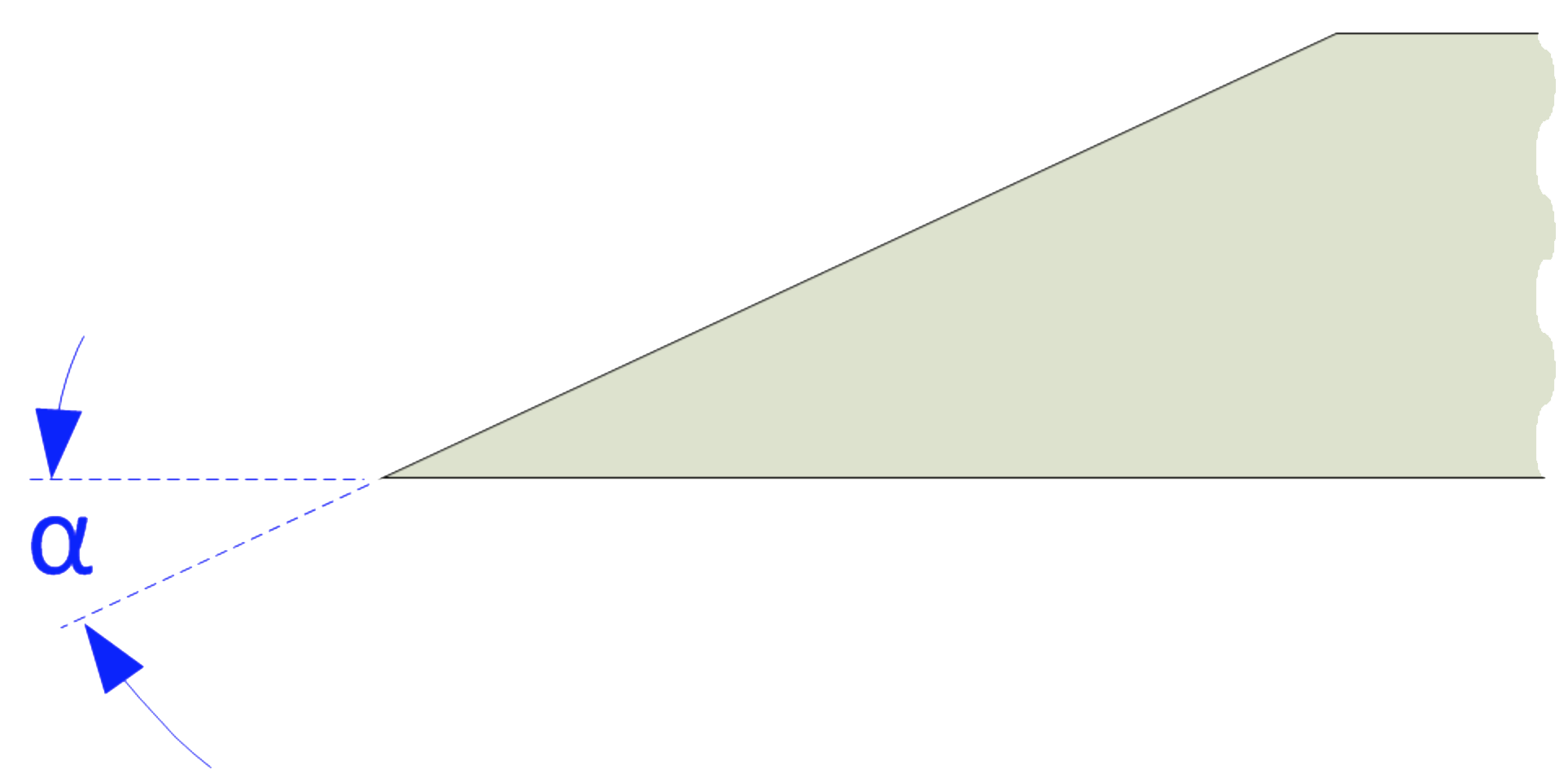

|
|
Japanese Trenching Hoe |


Edge Angle
Sharpen the outside edge.
Unlike a garden hoe, this does not set the angle for the tool's usage in a way as to make the tool's use problematic.
Japanese gardens ask that you go beyond the garden spiritually, that you look at the garden not merely as an object but also as a path into the realms of spirit.
Makoto Ooka
A 6" smooth cut machinist’s hand file is useful to carry in your gardening tools box. Use it to resharpen the hoe as needed throughout the gardening activity.
|
General Guidelines |
||||
| α |
Micro Bevel |
Sharp
|
Notes |
|
|---|---|---|---|---|
| 30° | +5° |
|
Adding a micro bevel to the cutting edge makes resharpening this tool easier. I've not found a Tormek jig which can assist with sharpening this tool. The sharpener will need to do the work with a machinist's hand file. |
|
Japanese gardening tools are typically high-carbon steel, and a 12-14" bastard file machinist’s hand file will work sufficiently well. Experience has shown that this style of hand file also works quite well in removing nicks from the edge after my wife or children have used the tool.
Using a bench or angle grinder is not recommended as this will surely overheat the tool, removing the temper from the edge. Additionally, the shaping of the edge is difficult to control.
Use a machinist’s hand file.
Sharpness scales (as shown in the grey icon to the left) are used to indicate the recommended sharpness for the blades noted above. You can click on any of the icons showing the sharpness scale and be redirected to the page describing this more. Lower numbers are duller; higher numbers sharper.
These are general recommendations; you will need to use your own judgment, based on the knive’s intended purpose.